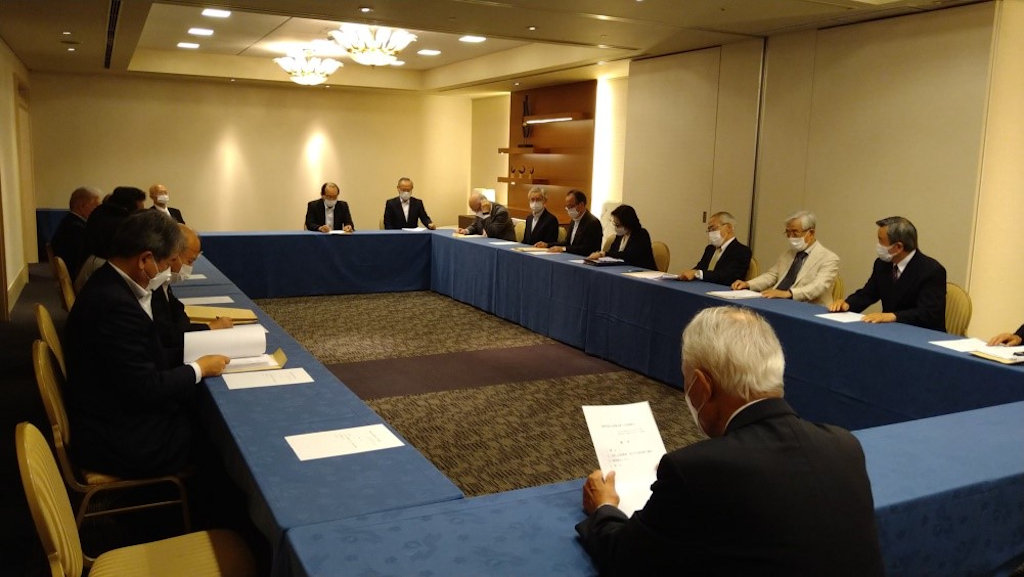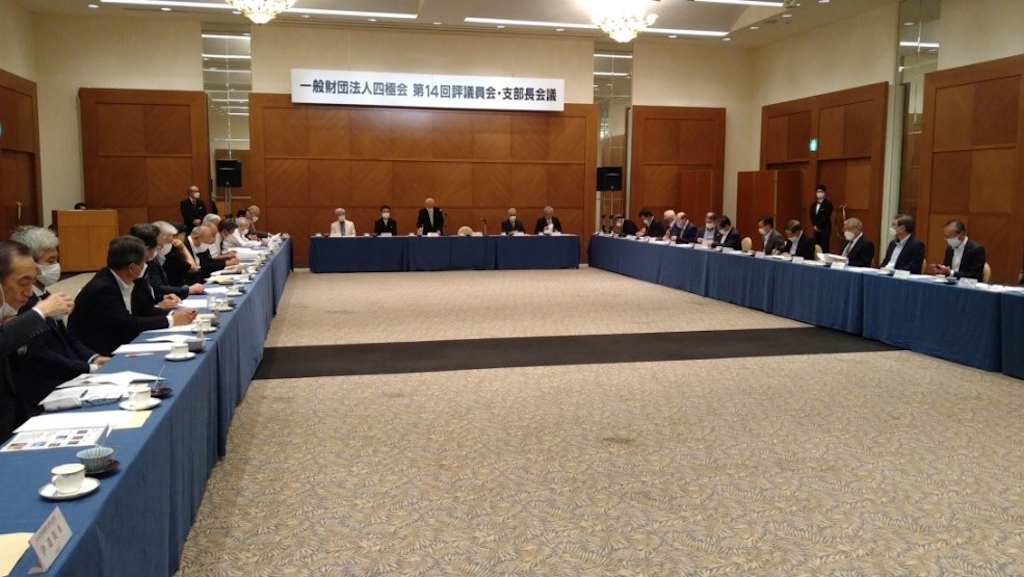Bearish Harami: Definition and Trading Strategies
Once again, the doji must be contained within the real body of the prior candle. Investors looking to identify harami patterns must first look for daily market performance reported in candlestick charts. This pattern is considered a strong reversal signal, and traders should be aware of it when analyzing the market. The Bearish Harami Candlestick Pattern is a bearish reversal signal that occurs when a large bearish candlestick follows a small bearish candlestick.
This pattern is considered bearish because it indicates that the buying pressure has weakened, and there may be a shift toward selling. The Bearish Harami candlestick pattern is one of the few effective chart patterns that help traders predict the flow of momentum and trading bias in price action. As part of your trading arsenal, it could help improve your overall trading efficiency and profit margin –every trader’s dream.
It’s easier to be misled following just the Bearish Harami candlestick pattern on the chart. It’s somewhat more effective as a confluence and confirmation bias for taking. We’d explore everything you should know about the Bearish Harami candlestick and how to apply it to your trading strategies rightly. Stops can be placed below the new low and traders can enter at the open of the candle following the completion of the Bullish Harami pattern. Since the Bullish Harami appears at the start of a potential uptrend, traders can include multiple target levels to ride out a new extended uptrend. These targets can be placed at recent levels of support and resistance.
- For example, a bullish harami that’s formed on a day that’s extra bullish might not be as accurate as one forming on a bearish day.
- As such, the bearish engulfing candle could be said to be a stronger signal than the bearish harami, at least in theory.
- It is formed when a large bullish candle is followed by a smaller bearish candle, which suggests a potential reversal in the trend.
- We can see in the chart how after the pattern formation, the prices have gapped down confirming the reversal signaled by this pattern.
This is when we sell Facebook short and begin to follow the price action. The risk-taker will initiate the trade on day 2, near the closing price of 125. The risk-averse will initiate the trade on the day after P2, only after ensuring it forms a red candle day.
What Does A Bearish Harami Candlestick Pattern Indicate?
However, when the market opens the next day, it does so with a positive gap. The bears seem to have lost the lead overnight, and given the bulls a chance to revert the trend. In this trading strategy, we will combine the harami with Bollinger bands. This means without any indicators, oscillators or moving averages, etc. The high or low of a Harami cross setup provides resistance or support for any further price moves.
Harami (candlestick pattern)
The double top that came in the form of a bearish engulfing candlestick gave us that added confirmation that we really did see a top of some sort. The high or low of a harami cross setup tends to provide resistance or support for any further price moves. Let’s take a look at a simple example that a day trader could have profited handsomely off of. A candlestick chart typically represents the price data of stock on a single day, including opening price, closing price, high price, and low price. A sell signal could be triggered when the day after the bearish Harami occurred, the price fell even further down, closing below the upward support trendline. When combined, a bearish Harami pattern and a trendline break might be interpreted as a potential sell signal.
Further Reading on Candlestick Patterns
The exit rule is to close the position when the price action shows a clear breakout below the low of the second candle or when a more reliable reversal pattern emerges. It is essential to consider other technical indicators and market conditions before making a trade decision. It is important to note that the Bearish Harami pattern is a potential reversal signal and not a definitive indication of a trend change. It should be confirmed by other technical indicators or by subsequent price action. The harami candlestick pattern is one of the several patterns that is used to find bullish and reversal patterns in the market. In this article, we have looked at what the candle is and how you can use it well.
A red Marubozu candle indicates that sellers controlled the price from the opening bell to the close of the day so it is considered very bearish. The first Harami pattern shown on Chart harami candlestick 2 above of the E-mini Nasdaq 100 Future is a bullish reversal Harami. In the case above, Day 2 was a bullish candlestick, which made the bullish Harami look even more bullish.
Bullish Hikkake – Candlesticks Pattern and Technical Analysis (Meaning, definition and backtest Analysis)
The Harami Candlestick Pattern is considered a trend reversal pattern that can either be bullish or bearish, depending on the direction of the price action. Applied to the bearish harami pattern, you could demand that the ranges of the candles making up the pattern are bigger than the surrounding ranges. That would suggest that more market participants took part in forming the pattern, which increases its significance.
Depending on their heights and collocation, a bullish or a bearish trend reversal can be predicted. Here, we shall see how to spot entry, stop loss and target levels for a long position signalled by a bullish harami pattern. While some may want to trade the strategy in a down-trending market, it is not a good idea. The strategy is best suited for trading the reversal of pullbacks in an uptrend after the price has retraced to a support level. When the pattern forms after a 61.8% retracement to a support level in an uptrend, its odds of success are high.
In this part of the article, we wanted to give some inspiration by showing how we would start to build a bearish harami strategy. Just note that the strategies presented aren’t meant for live trading, but to serve as inspiration for your own strategy building. On easy way to gauge the strength of a trend is to look at the ranges of the candles. If the candles leading up to the bearish harami are long and big compared to the other bars, you know that the market is quite strong and determined to move higher.
What Are the Rules for Trading with a Bullish Harami?
The same is true when the pattern forms at the support zone of a range-bound market. Investors seeing this bullish harami may be encouraged by this diagram, as it can signal a reversal in the market. A Marubozu Candlestick pattern https://g-markets.net/ is a candlestick that has no “wicks” (no upper or lower shadow line). A green Marubozu candle occurs when the open price equals the low price and the closing price equals the high price and is considered very bullish.
In addition, the pattern may be more significant if occurs near a major resistance level. Other technical indicators, such as an RSI moving lower from overbought territory, may help confirm the bearish price move. A harami cross is a Japanese candlestick pattern that consists of a large candlestick that moves in the direction of the trend, followed by a small doji candlestick. The harami cross pattern suggests that the previous trend may be about to reverse. The bullish pattern signals a possible price reversal to the upside, while the bearish pattern signals a possible price reversal to the downside.



